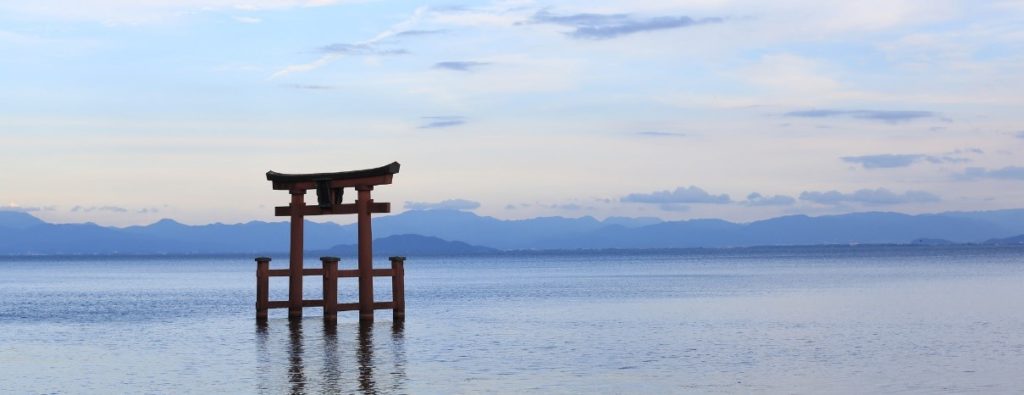Pre-Trip Dinner Lecture: Divinity and Aesthetics: National Treasures around Lake Biwa with Professor Puay-peng Ho

Apart from the cosmopolitan centers of the Kansai関西 region, such as Nara奈良, Kyoto京都, and Osaka大阪, there are many significant sites that are crucial to the understanding of the development of Japanese religious practices, architectural constructions, and sculptural forms. We will travel from one of the three main shrines dedicated to Benzaiten in Tsukubusuma Shrine on Chikubu island竹生島, to one of the most important medieval pilgrimage centers on Mount Yoshino吉野山. In between, we will visit Buddhist sites that contributed significantly to the development of Buddhism. The area of Nagahama長浜 is known as the land of Kannon (Guanyin) 観音之里 with many statues of the merciful bodhisattva in different attributes designated as National Treasures. Likewise, the area around Ōtsu大津 has many monasteries related to the Tendai School of Buddhism 天台宗, among which Miidera contains a large number of buildings and sculptures that are highly valued, being the ancestral monastery for the major sect of Tendai. Modern architecture is certainly a crucial aspect of cultural continuity and we shall be able to visit works by Tadao Ando and Takenaka Corporation to see how traditional construction and spatial sensibilities are expressed in the contemporary language. The highlight of the tour is a visit to Miho Museum, the Shinji Shūmeikai 神慈秀明会campus and the chapel of Miho Institute of Aesthetics, which contains some of the best and latest of I M Pei’s architecture. This would be a rare opportunity to visit the campus and the Miho Institute to appreciate the spatial and spiritual continuum between architecture, nature and the divine.
Speaker
Professor Puay-peng Ho is currently the Head of the Department of Architecture at the National University of Singapore. Previously he was Professor of Architecture at The Chinese University of Hong Kong. He received his First Class Honours degree in Architecture from the University of Edinburgh and a Ph.D. in Art History from the School of Oriental and African Studies, University of London. His thesis was focused on Buddhist art and architecture of the Tang dynasty. Dr. Ho is a member of the Royal Institute of British Architects and the Society of Architectural Historians. His research interests and publications are in the areas of Chinese art and architectural history, vernacular architecture, and architectural theory.
